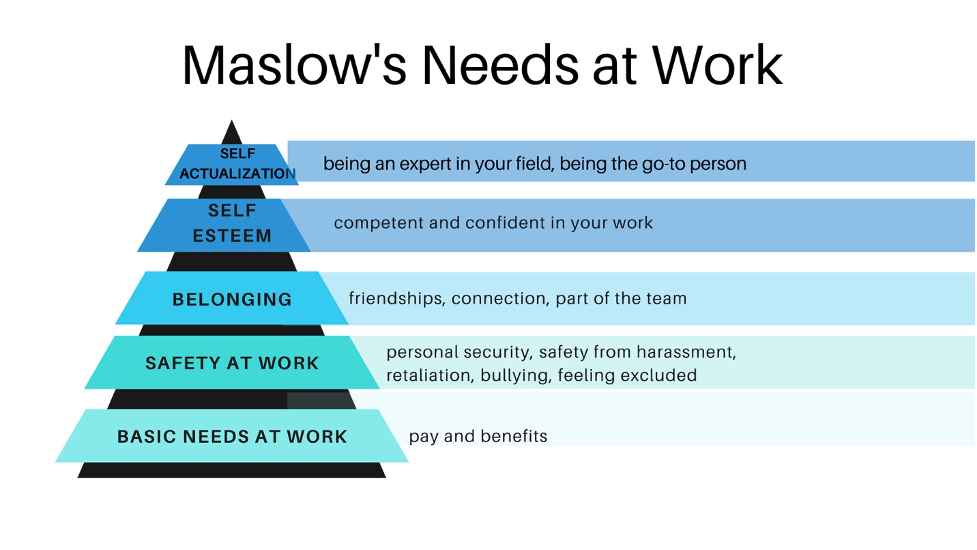Chamber Member: Vogelmeier Consulting
Dana Vogelmeier, CPTD
It is difficult to keep and retain great talent right now. The numbers have shown this. Four million people quit their jobs in April 2021 and 3.9 million in May of 2021. We can read stories and studies of why people are quitting and much of it is summed up by the employee not feeling valued, appreciated, or fulfilled in their current job. One person summed it up like this, “The eight-week shutdown last year changed the way I think about everything. I was forced to slow down and reevaluate my life and how I want to live it. I went back to work, quit my crappy job, and found a better one with a company that actually cares about me and my family. I think that’s what happened with a lot of people.” It’s hard to hear but we as leaders need to know what people are thinking.
Employees will stay with an employer when their needs are being met. It is only when their needs are not being met, that they start looking at the competition. Their work needs mirror Maslow’s Hierarchy of Needs. They have basic needs, like pay and benefits, that must be met before they can move up the pyramid to Safety.
Safety needs are more than the threats of physical harm but also psychological safety which is feeling safe from harassment, retaliation, psychological harm, and bullying. Psychological safety also shows up as being afraid of layoffs, mergers, downsizing, or losing something at work that you once had, like a big office.
A new threat to safety is the COVID-19 pandemic. It has raised new fears for workers. Some employees have decided not to go to their jobs for fear of getting sick themselves or passing the virus to their loved ones. When they do not feel safe at work, they cannot do their best work. Addressing the fears with employees and demonstrating empathy is a good way to build relationships and create an environment where people do not want to leave. They feel cared for and that is rare in the work environment today.
There are many great employers who stepped up to create safer workplaces for essential workers like putting in plastic partitions, supplying facemasks for employees and customers, and having the workplace sanitized regularly. This demonstrates addressing the employees’ safety needs at work. It visibly shows “I care about you.” Here are a few early pandemic examples:
- Honda paid their employees through the shutdown and donated PPE. They made face shields and donated to food banks.
- Christian Siriano, the designer, began production of face masks to assist the front-line health workers early in the pandemic when masks were not a common item you could find in any store. He kept his workforce productive when people were not ordering custom designer gowns for events.
- Target created new pay policies during the pandemic to address their changing needs.
- Trader Joe’s gave bonuses to their employees to recognize their efforts during this hard time for grocery workers.
- Columbia Sportswear’s CEO cut his salary to $10,000 for the year while retail employees will still receive regular pay while the stores are closed.
These are just a few examples of what companies did. There were some creative and generous actions taken and it made people feel appreciated and grateful for their employers’ efforts.
Consider how you are demonstrating that you care about your employees. Make changes if you need to and you will reap rewards with improved retention, discretionary effort, and a happier work environment.
